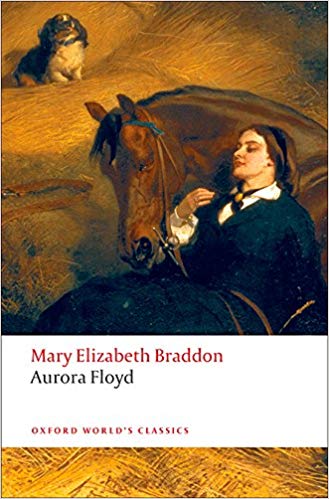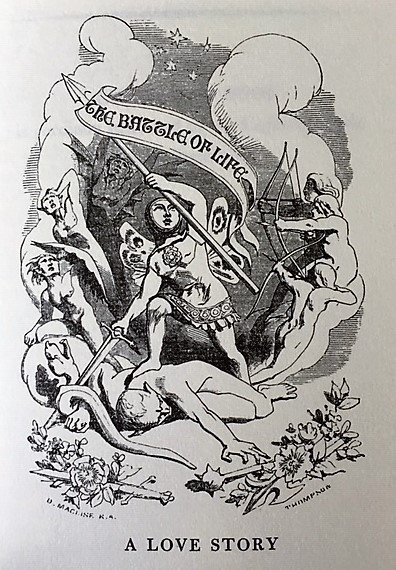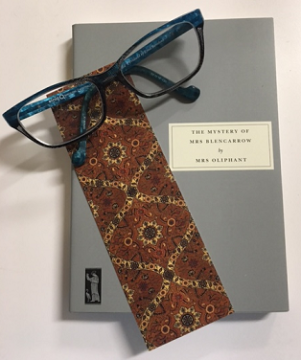When I selected The Moorland Cottage for my Classics Club list, I didn’t really read what it was about. Then when it arrived—a print-on-demand novella without any extraneous information—I thought maybe it was a gothic story, since most Victorian writers wrote some early in their careers. However, it is a romance with a strongly moralistic ending.
The Brownes live in an isolated cottage on the moor. Mrs. Browne is the widow of the respected curate of Combehurst. She dotes upon and spoils her son Edward while scolding and nagging at her daughter Maggie. As a result, Edward is selfish and unheeding, while Maggie is loving and giving.
When the local squire, Mr. Buxton, who was friends with Mr. Browne, decides to send Edward to school, the Browne children meet Frank Buxton and his cousin Erminia, both about their same ages, with Frank being a little older. Both Buxton children are impressed by Maggie but dislike Edward, and Maggie and Erminia become good friends.
As young men and women, Edward has not improved his character, while Maggie is good and beautiful, used to thinking of everyone but herself. Frank falls in love with Maggie, but Mr. Buxton is strongly opposed to their engagement. Then Edward’s misdeeds complicate the situation.
I had to laugh when I saw this novel described as “feminist” on Goodreads. When I was a little girl, I detested a fairy tale called “Patient Griselda.” It was about a prince who subjects the girl he loves to a series of painful tests to see if she is worthy of him. I wanted the girl to tell the prince to buzz off. This novel is going in the direction of Griselda except it is Edward, not Frank, who is always making demands. Thankfully, the ending was a little better than I expected. The novel has a strong religious message but one that seemed wrong-headed to me.











